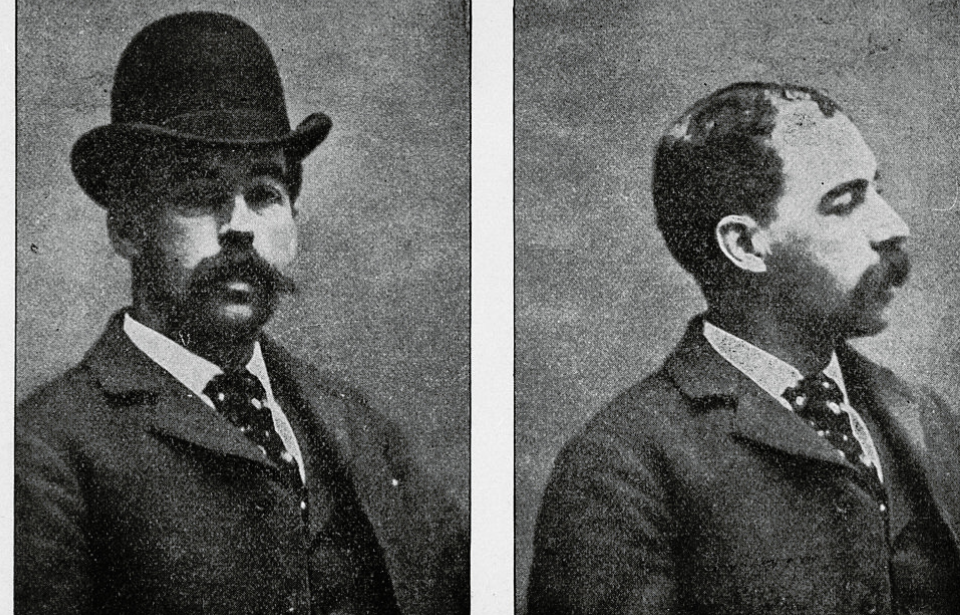Many of us are brought up to believe that doctors are there to help us when we’re in need.
But some people trusted in the wrong doctors and ended up becoming victims of their cruelty. Here are six of the most notorious doctors in history.
Harry Howard Holmes
Often dubbed America’s first serial killer, H.H. Holmes (real name Herman Webster Mudgett, pictured above), killed between 9 and 27 people for sure, but the count could be as high as 200.
After graduating as a doctor, Holmes leased a hotel in Chicago that would become dubbed the “murder hotel” or “murder castle.” Deadly, secret rooms in his hotel included trapdoors, soundproof rooms, gas jets in the walls, and a kiln for cremating bodies. After he’d finished with the bodies, he’d dissect them or sell them to medical schools.
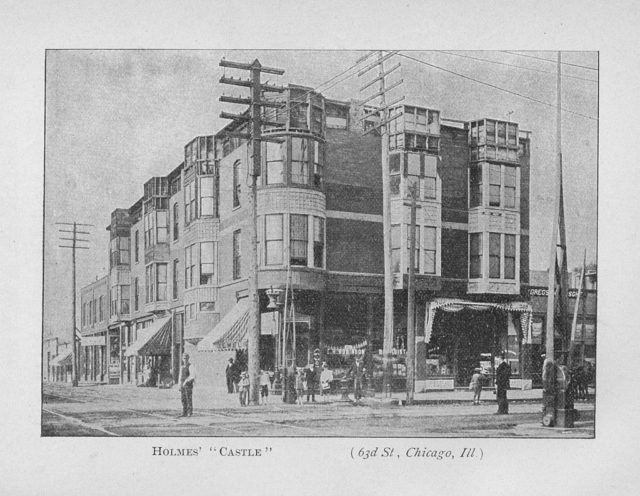
After he was caught in November 1894, Holmes confessed to 27 murders, although some of those he named were actually still alive. He was eventually convicted of one murder – that of Benjamin Pitezel. Holmes had convinced Pitezel to fake his death and get his wife to claim insurance money. But when everything was ready, Holmes killed Pitezel and collected the money himself.
He was hanged in 1896 and requested a cement carrier so that grave robbers couldn’t dig him up.
Thomas Neill Cream
Although he became known as The Lambeth Poisoner, Cream started off his poisoning spree in the 1870s, first in Ontario then Chicago. In Ontario, he helped to abort his wife’s baby, almost killing her in the process. When she died the following year, he claimed it was consumption. A year later, a woman he’d had an affair with was found dead by chloroform poisoning behind his office.
After fleeing the allegations in Ontario, Cream set up a medical practice in Chicago, where he offered abortions to prostitutes.
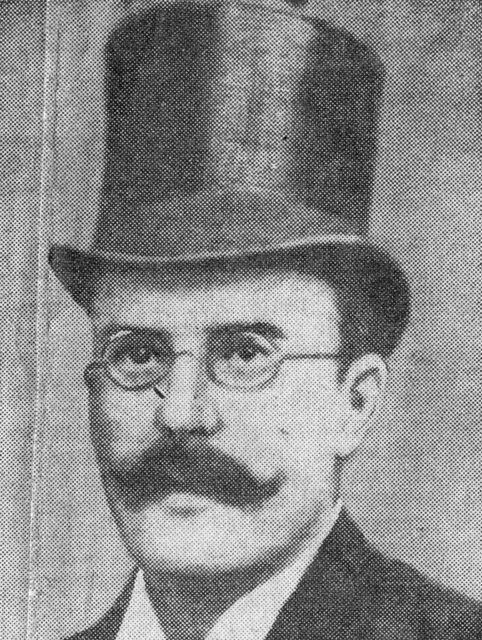
One victim was Daniel Slott, the husband of Cream’s mistress. She turned state evidence against him, claiming he got her the poison to kill her husband. His life sentence was commuted after his brother bribed authorities to free him.
Cream moved to London where he poisoned various prostitutes. He had the daring to write to local businessmen, pharmacists, and doctors, accusing them of poisoning people he’d killed and demanding hush money.
He was arrested in 1892, and the jury took only 12 minutes to find him guilty of murder.
His last words caused quite a stir. It is reported he declared: “I’m Jack the–” before the noose tightened. This led many to think he was confessing to being Jack the Ripper, but that would have been unlikely as he was in prison when those murders were committed.
John Bodkin Adams
Between 1946 and 1956, around 160 of Adams’s patients in Essex, Britain, met suspicious ends. Many of them died in a coma, a fact that suggested they’d been drugged. It was later discovered that 132 patients had left Adams something in their will.
He was investigated in 1956 after treating Gertrude Hullett, who suddenly died shortly after he’d seen her. Yet despite this incriminating event, his trial focused on the alleged murder of Edith Alice Morrell, a wealthy widow who had died some years earlier.
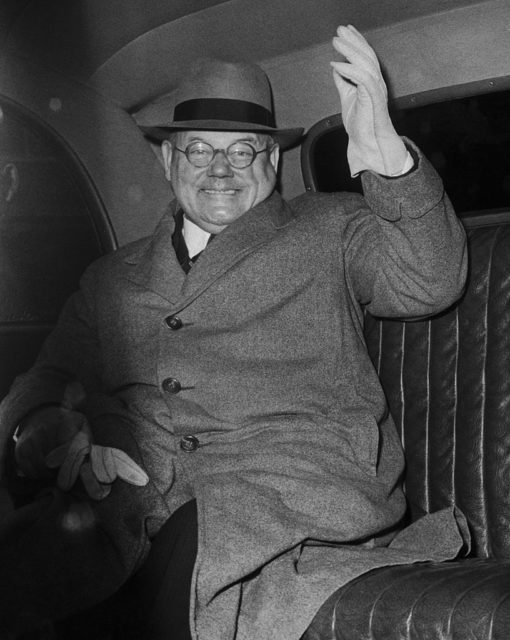
He escaped conviction, possibly due to a botched prosecution case since the evidence of the main prosecution witnesses (two nurses who assisted in Morrell’s care) was undermined by notes in their own notebooks. In addition, Adams himself didn’t testify, which surprised the defense team (who might have been hoping he’d end up “chatting himself to the gallows.” It took only 45 minutes for him to be acquitted of murder, but he was found guilty of forging prescriptions and falsifying documents.
He was struck off the register in 1957, but reinstated in 1961, and by July 1962, he had a license to dispense dangerous drugs again. While he was allowed to continue practicing as a doctor, many of his elderly patients unsurprisingly changed surgeries.
Harold Shipman
Nicknamed “Doctor Death,” Shipman managed to kill over 200 of his patients, although the true number will never be known. In 1974, he worked as a GP and was caught forging prescriptions for pethidine for his own use. He merely received a fine and was allowed to continue working.
His victims were primarily elderly women, whom he killed by means of lethal injections. When he visited and patients fell ill, he’d call an ambulance in front of the family then later call again to cancel it when the patient died. Subsequent scrutiny of phone records showed that no such calls were made, and Shipman was merely pretending.
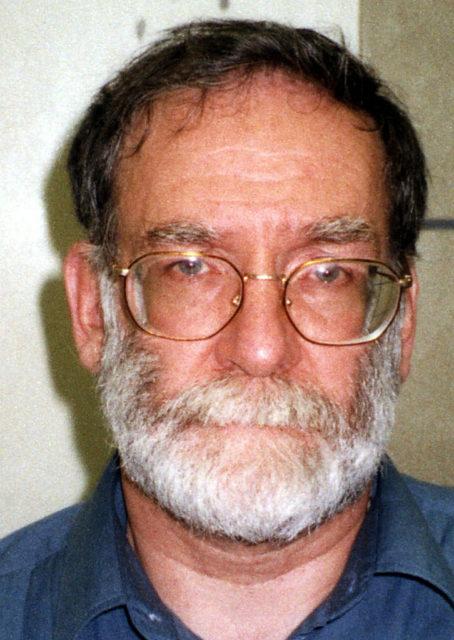
Suspicions were aroused when another doctor and local undertaker noticed that the number of cremation forms Shipman was signing was quite high. He was ultimately caught when he tried his hand at forging a will to steal money from one of his victims. Having been sentenced to life in prison in January 2000, he hanged himself in his cell in 2004.
Michael Swango
A whole article could be devoted to the misdeeds of this doctor who gave patients overdoses and also tried to poison his coworkers with arsenic-laced doughnuts.
After qualifying as a doctor by the skin of his teeth in 1983, Swango transferred from one medical school to another, moving on or being fired when people started noticing how many deaths occurred near him. Looking back, it seems that the hospitals wanted to try and cover up any wrongdoing, a policy that meant Swango got away with murder for years as he job-hopped.
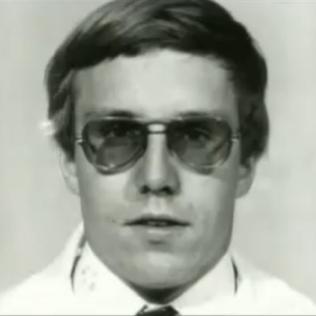
At one point, the FBI was looking for him, so he went underground then changed his identity to Jack Kirk in 1994. He secured employment as a chemist in a wastewater treatment plant in Atlanta. When the FBI caught up with him, he fled to Africa and worked as a doctor until mysterious deaths became his undoing again. He was on his way to Saudi Arabia in 1997 when he was caught as his flights took him through America.
He was tried for only three murders, although reports suggest he could be responsible for as many as 30-60 deaths. He pleaded guilty because Zimbabwe wanted to extradite him for his crimes there, for which he would face the death sentence. He was sentenced to three consecutive life terms with no parole and is today a resident at ADX Supermax Federal Prison.
Linda Burfield Hazzard
Finishing off our article is the only woman to appear on this list.
Hazzard had no medical degree but was able to practice medicine under a loophole in Washington state that grandfathered in practitioners of alternative medicine.
She believed that excessive eating filled the body with toxins and caused many illnesses. Consequently, she prescribed fasting for all her patients. Forty people died at her Washington sanitarium, which became dubbed “Starvation Heights.” Diets there were small amounts of tomato and asparagus juice alongside enemas and massages.
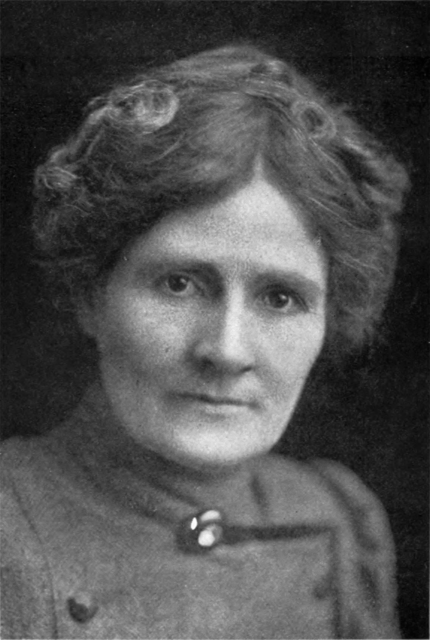
The death of the wealthy Claire Williamson in 1912 brought a conviction of manslaughter. At the trial, it was discovered that she and her husband had made themselves beneficiaries of various estates of patients. She spent only two years in prison, being pardoned for unknown reasons.
More from us: The serial killer called “The Vampire of Dusseldorf
After moving to New Zealand, she died in 1938 – of starvation, while trialing a new fasting cure.
